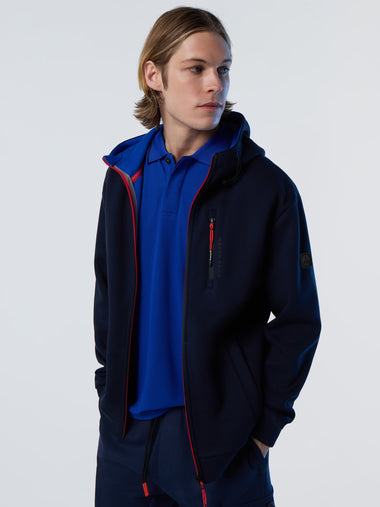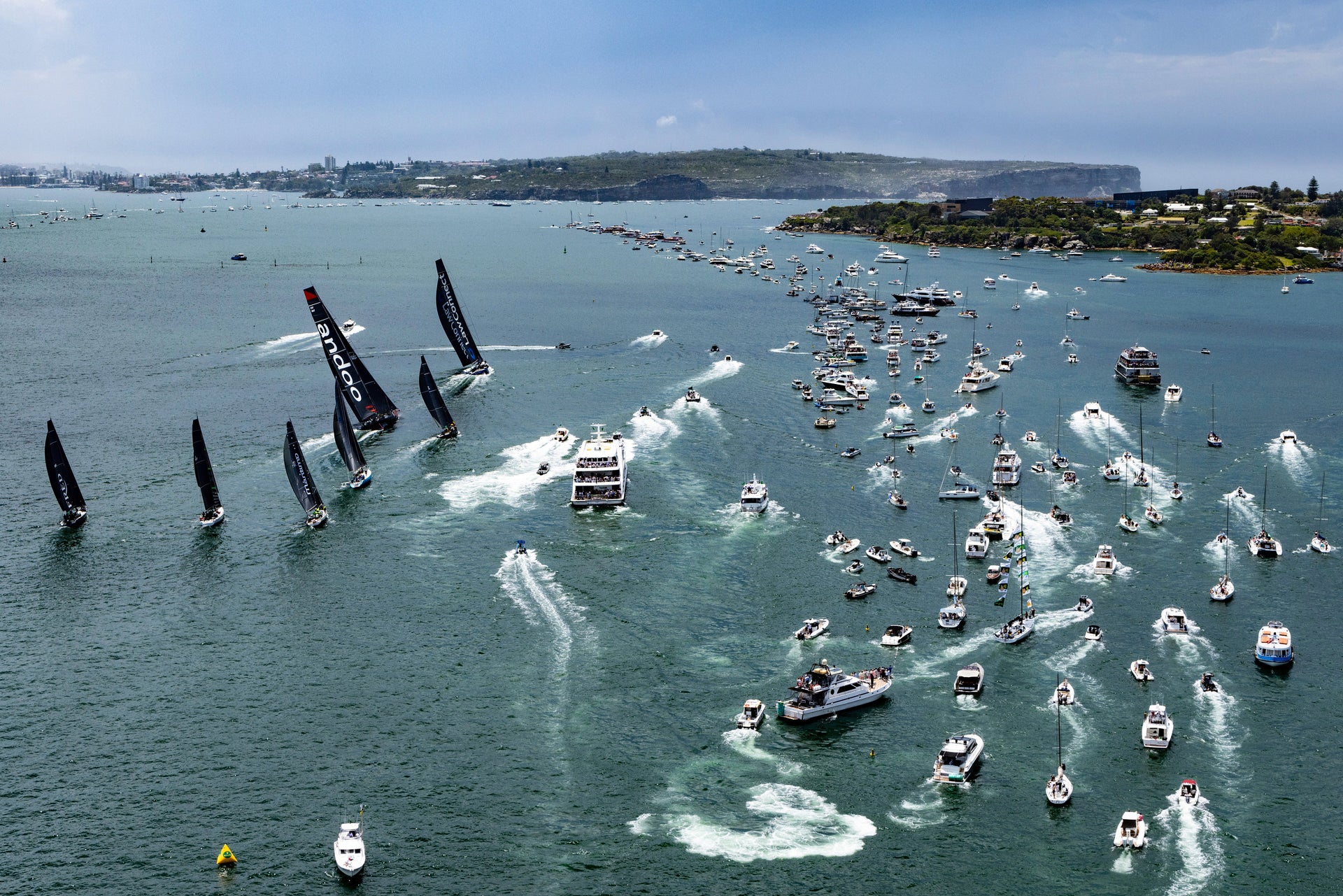PASSION FOR PERFORMANCE TO BRIDGE THE AUSTRALIAN GAP TO EUROPE IN THE DOUBLEHANDED SCENE
PASSION FOR PERFORMANCE TO BRIDGE THE AUSTRALIAN GAP TO EUROPE IN THE DOUBLE HANDED SCENE
The Launch of the New Farr X2 with North Sails Australia

With the launch of the newest high performance short handed yacht, the Farr X2, North Sails Australia reveled in the opportunity to be part of something new, creating the sail inventory for the first Farr X2, designed specifically for the Australian double handed market.
The vision for the project stems from Farr Yachts Australasia’s, Bret Perry’s experience as Project Manager of RG Mini 650s in France, where he wanted to give the Australian short handed sailing scene an opportunity for high performance sailing, with modern design and techniques.
“What I wanted to do was to bring back to Australia with short-handed sailing and the boom it’s going through. Each boat is designed for a reason and purpose, and the Farr X2 is purely about no holds barred high performance yachting, designed with full power in mind for absolute performance. It’s very easy to sail a shorthanded boat crewed, but it’s very hard to sail a crewed boat shorthanded” said Perry.
Norths Sails Australia jumped at the opportunity to be involved from the outset, with short handed offshore racing at the forefront of the design.
Not only did we want to make the boat sail fast in all conditions, but it must be easy to sail shorthanded so, discussing the different principles and priorities was a key part of the design process for the team.
“There were lots of meetings between North Sails and us, to talk about what we wanted to achieve. The number one thing is that you’re sailing short handed so you have to be able to do the manoeuvres, and you have to think about safety, and then on top of all of it, you have to think about performance. That’s the biggest thing that I wanted in the sail package from North Sails.”
The sail inventory has maximum sail area in mind for the 30 footer, however there’s a delicate balance between achieving higher performance and having a competitive rating within IRC and ORCi certification.
“I wanted to be in furling sails early, and in saying that, to be at full speed very early. So, to be at max boat speed upwind in six or seven knots of wind.”
The upwind sails include an all-purpose hanked jib that will work up through the light to moderate wind range of 17 knots. The all-purpose jib is helpful for shorthanded sailing to allow for longer crossovers between sails and reduce the frequency of sail changes.
“The mainsail is fully battened, with a really large number one reef, as well as a 50% reef to cover the IRC rule, to eradicate the use of trisails.” continued Perry. “And, the first reef is probably more equivalent to a one and half, to three quarter reef so it’s really big.”

North can offer the inventory from their NPL laminate or their market leading 3Di product.
“In my experience in the mini 650s, we never put the first reef in, and instead put the second reef in and kept the big jib up so we still had the power to do what we wanted to do, but was de-powering enough to sail safely. We’re still going through testing but that’s the philosophy.”
Perry ran through the light to moderate sail package setup. “Let’s say you’ve got the big jib and have the first reef in the main, and I would estimate that would be comfortable in 17-18 knots, you’ll be quite comfortable but still powered up in that configuration. As you start getting above that breeze, you move into a J5 furling sail, which is on an inner tack point on the boat. Once you’re getting upwards of 25 knots, there’s the opportunity to furl the sail up when you feel overpowered, and sail in a furling mode – which is just so much safer than being up the front of the boat shorthanded and you’re controlling the ability to furl.”
When designing the downwind sail package, a key factor was getting the boat planing early, from 11 to 12 knots of wind. The choice then became a furling code zero built from Norths NPL laminate, with the additions of a masthead A2 spinnaker, and a furling A5 for heavy wind conditions built from conventional nylon.
“In light airs, you’d run the code zero and with an increase in wind, you’d use the all-purpose jib with the masthead A2, in up to about 17 knots of wind. You’ll be going pretty quickly and powered up, but you’ve got the choice as to when you want to start reducing the sail area from that point” explained Perry.
With all this in mind, the North Sails inventory was designed as if it was day two or three of a shorthanded race, to reduce the time non-furling sails are flying due to the attention required to trim the sail accurately.
“Where North Sails have been fantastic, is that they get excited about the project, and the ability to create something new.” Perry explained. “And what they’ve come up with is phenomenal. There’s no question they’re on the front foot from my point of view.”
“There’s been such a big group of people involved, from North Sails to Farr Yachts, XSP the builders, and all of the suppliers, and to VicSail who are supporting the project massively, we couldn’t have done this without their assistance.”
“It was amazing to see that the work that we did in the measurement and designs, it fit perfectly, only one small adjustment out of everything we put together. So that’s a credit to everyone involved to be able to put all this together to within millimeters – and all done remotely without the boat” Perry finished.


























